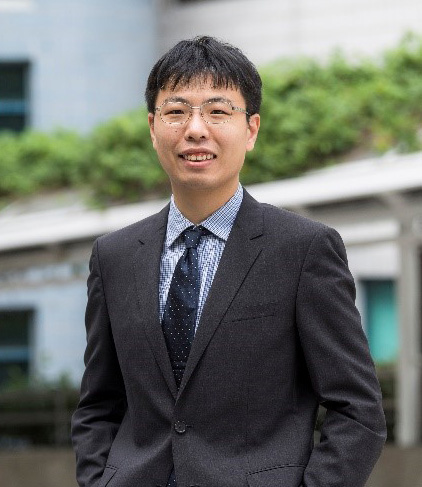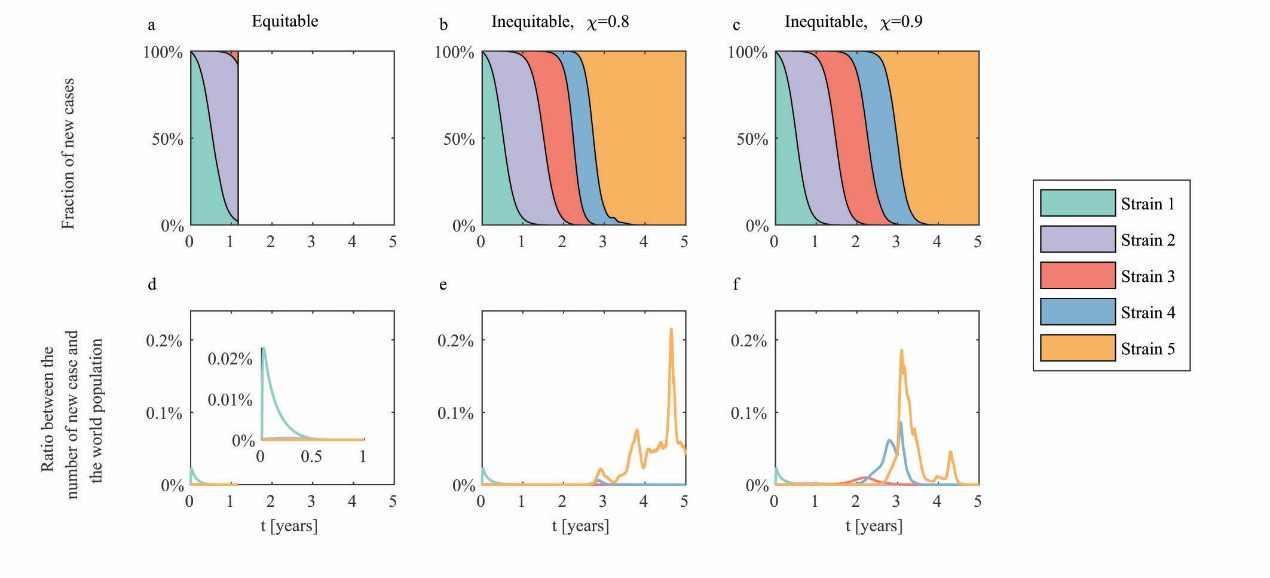Enhanced vaccine donation drive can end COVID-19 pandemic

Infection and mortality rates for COVID-19 could be significantly reduced if high-income countries donated 46% of their COVID-19 vaccine stocks to low- and middle-income countries, according to a team led by researcher at City University of Hong Kong (CityU). This action will better protect high-income countries in the long run and reduce outbreaks of COVID-19 variants.

This estimation is based on a mathematical model developed by the team, which is led by Dr Zhang Qingpeng, Associate Professor in CityU’s School of Data Science (SDSC). By integrating actual data for global air transport with an epidemic model, the team estimated the effects of COVID-19 vaccination, COVID-19 variants, and the movement of people on the transmission process of COVID-19 in 179 countries and regions.
Their findings were published in Nature Human Behaviour under the title “Equitable access to COVID-19 vaccines makes a life-saving difference to all countries”.
In the team’s project, “high-income countries” includes all high-income countries defined by the World Bank, plus China and Russia due to their capability for the mass production of COVID-19 vaccines. Other countries are classified as “low- and middle-income countries”.
The research team set out two scenarios as described below (please refer to Figure 1):

1) COVID-19 vaccines are fairly allocated to all countries, regardless of wealth but according to four prioritisation criteria: population size, infection rate, incidence rate, and mortality rate.
2) COVID-19 vaccines are not fairly distributed. High-income countries receive the largest share, leaving the remaining vaccines to be allocated to low- and middle-income countries according to the above four criteria.
Under an uneven distribution of COVID-19 vaccines, the analysis shows that the infection rate for high-income countries, having large stocks of COVID-19 vaccines, could drop sharply over the short term. However, low- and middle-income countries with insufficient COVID-19 vaccine supplies would have a high infection rate and face a higher risk of COVID-19 variants.
Since COVID-19 will not be restrained by geographical boundaries, people vaccinated in high-income countries may still be infected by COVID-19 variants. Consequently, infected cases in high-income countries will surge again and the global COVID-19 pandemic may persist.
According to the team’s analysis, an uneven distribution of COVID-19 vaccines leads to more serious and frequent outbreaks of COVID-19.
Based on the models under different scenarios of COVID-19 vaccine donations, the CityU team concludes that the COVID-19 pandemic may greatly ease off, or even end, if high-income countries whose public health situations are generally under control donate 46% to 80% of their COVID-19 vaccines to low- and middle-income countries.
“We suggest that high-income countries immediately increase their donations of COVID-19 vaccines to low- and middle-income countries. It is not only a moral responsibility for a fairer distribution, but also an effective way to curb the transmission of the virus and thus protect everyone in the world. It will be a win-win for both high-income countries and low- and middle-income countries,” said Dr Zhang.
Dr Zhang and Professor Daniel Zeng Dajun of the Institute of Automation in the Chinese Academy of Sciences (CASIA) are the corresponding authors for the paper. The first author is Yang Ye, a PhD student under the supervision of Dr Zhang in the SDSC. The other collaborators are Dr Sean Yuan Hsiang-yu, Assistant Professor in CityU’s Department of Biomedical Sciences, and scientists from Shanghai Jiao Tong University and the Institute of Automation, CASIA.